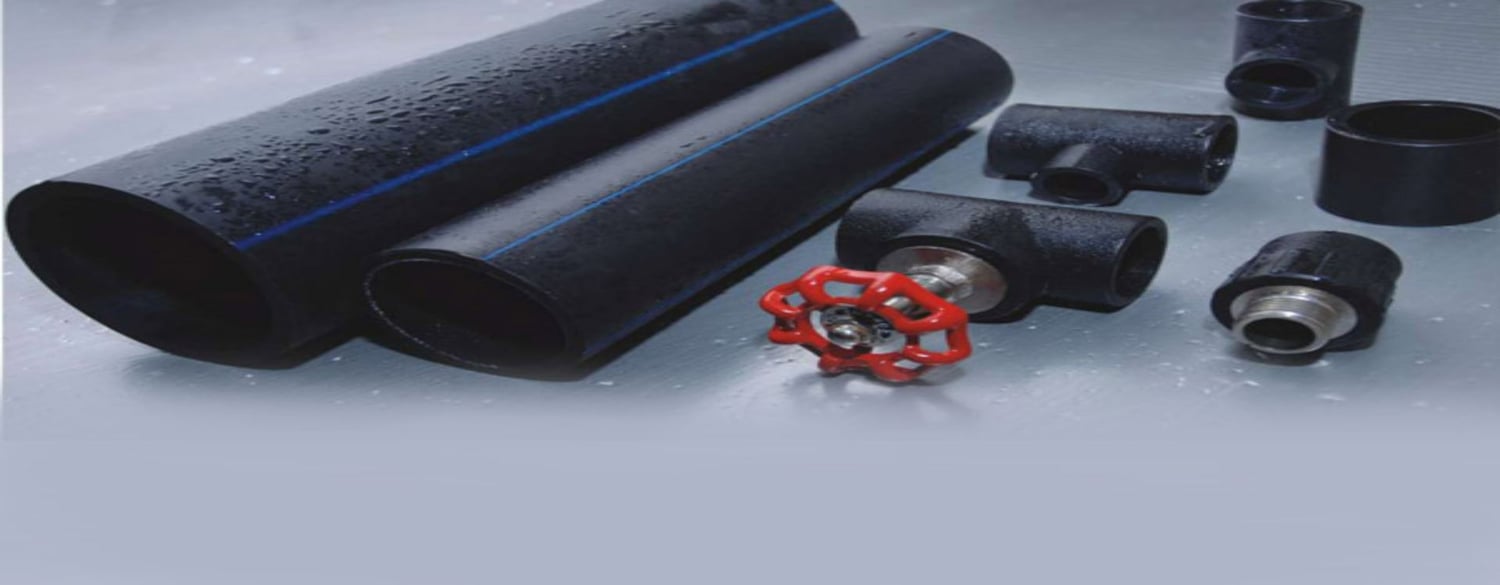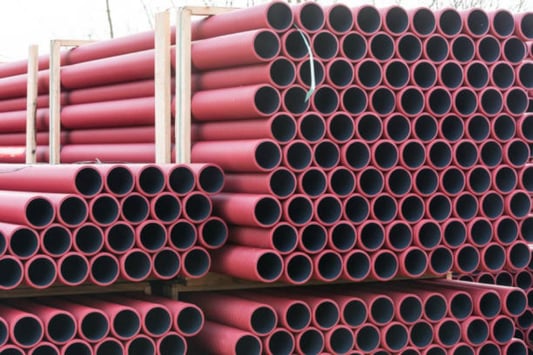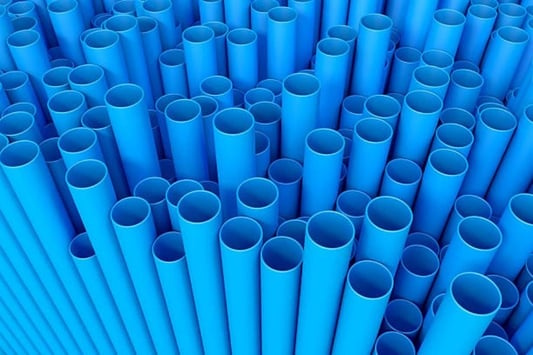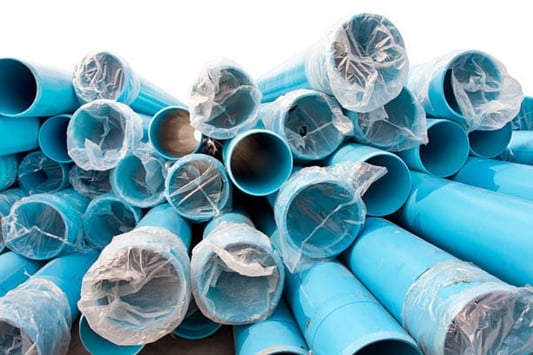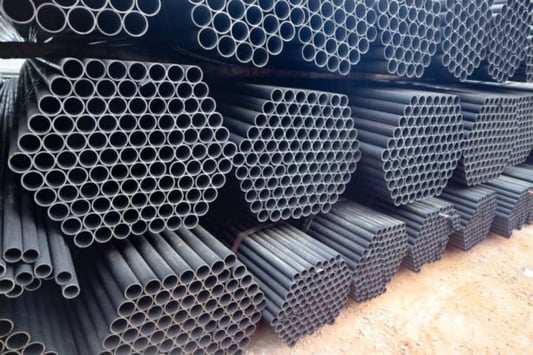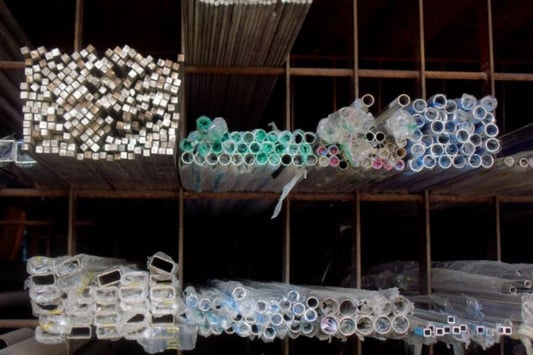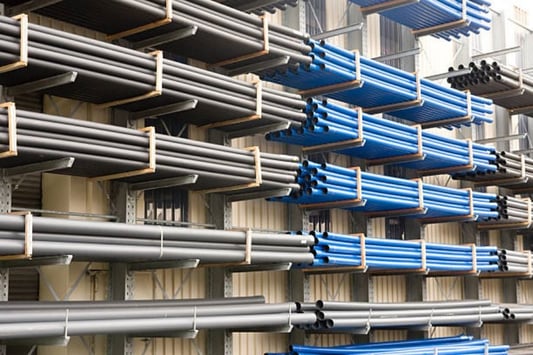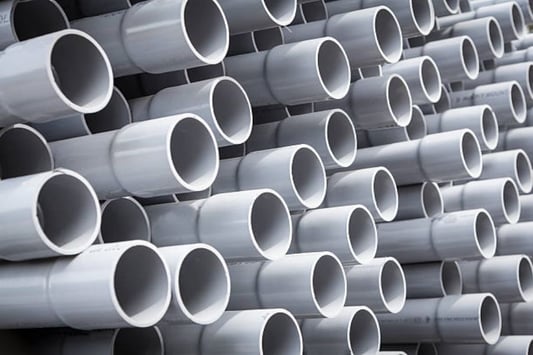Introductionpe pvc pipe, also known as polyethylene PVC pipe, is a type of plastic pipe that is widely used for plumbing and drainage systems. This pipe is made of two different materials; polyethylene and PVC, which are combined to create a strong, durable, and flexible pipe. This article will explore the many benefits of using PE PVC Pipe, its various applications, and how it compares to other materials on the market.What is PE PVC Pipe?PE PVC Pipe is a revolutionary product that combines the best properties of two different materials; polyethylene and PVC. Polyethylene is a material that is highly resistant to most chemicals, impact, and wear and tear, while PVC is a rigid material that is known for its heat resistance, durability, and rigidity. PE PVC Pipe is a combination of both materials, making it one of the most desirable plastic pipes for plumbing and drainage systems.Benefits of PE PVC PipePE PVC Pipe has numerous benefits that make it a popular choice for plumbing and drainage systems. Firstly, it is a highly flexible pipe that can be bent and shaped without damaging its structural integrity. This makes it easy to install, especially in tight spaces. Secondly, it is highly durable, meaning that it can withstand extreme temperatures and pressures and still remain intact. Additionally, this pipe is resistant to almost all chemicals, which means it can be used in a variety of applications without the risk of corrosion or other types of damage. Finally, PE PVC Pipe is recyclable, which makes it an environmentally friendly option for plumbing and drainage systems.Applications of PE PVC PipePE PVC Pipe is commonly used in a variety of applications, including residential, commercial and industrial plumbing and drainage systems. It is often used as a replacement for traditional metal pipes, especially in areas where corrosion is a problem. Additionally, it can be used for underground water mains, sewers, and stormwater drainage systems. It can also be used for the transportation of chemicals, gases, and other materials. Finally, it is commonly used for irrigation systems and other agricultural applications.How does PE PVC Pipe compare to other materials?Compared to other materials on the market, PE PVC Pipe has numerous advantages. Firstly, it is much more durable than metal pipes and is resistant to corrosion, which means that it has a longer lifespan. Secondly, it is much easier to install than metal pipes, as it can be bent and shaped without the need for multiple fittings and connectors. Additionally, it is much more cost-effective than metal pipes, as it is cheaper to produce and requires less maintenance over time. Finally, it is a more environmentally friendly option than metal pipes, as it is recyclable and does not release harmful substances into the environment.Installing PE PVC PipeInstalling PE PVC Pipe is relatively straightforward and can be done by a qualified professional. Firstly, the area where the pipe will be installed must be properly prepared and free from any debris or obstructions. Secondly, the pipe must be cut to the required length and shape using appropriate tools. Thirdly, the pipe must be connected using connectors that are designed specifically for use with PE PVC Pipe. Finally, the entire system must be tested to ensure that it is functioning correctly.Maintenance of PE PVC PipeMaintaining PE PVC Pipe is relatively simple and requires minimal effort. Firstly, the pipe should be kept clean and free from debris. Secondly, any leaks or damage should be repaired as soon as possible to prevent further damage to the system. Finally, the pipe should be inspected regularly to ensure that it is still functioning correctly and that there are no signs of wear and tear.ConclusionIn conclusion, PE PVC Pipe is a revolutionary product that combines the best properties of polyethylene and PVC, making it a highly desirable option for plumbing and drainage systems. Its numerous benefits, including its flexibility, durability, chemical resistance, and cost-effectiveness, make it a popular choice for professionals and homeowners alike. Whether you are installing a new system or replacing an old one, PE PVC Pipe is definitely worth considering.Quote InquiryContact Us

